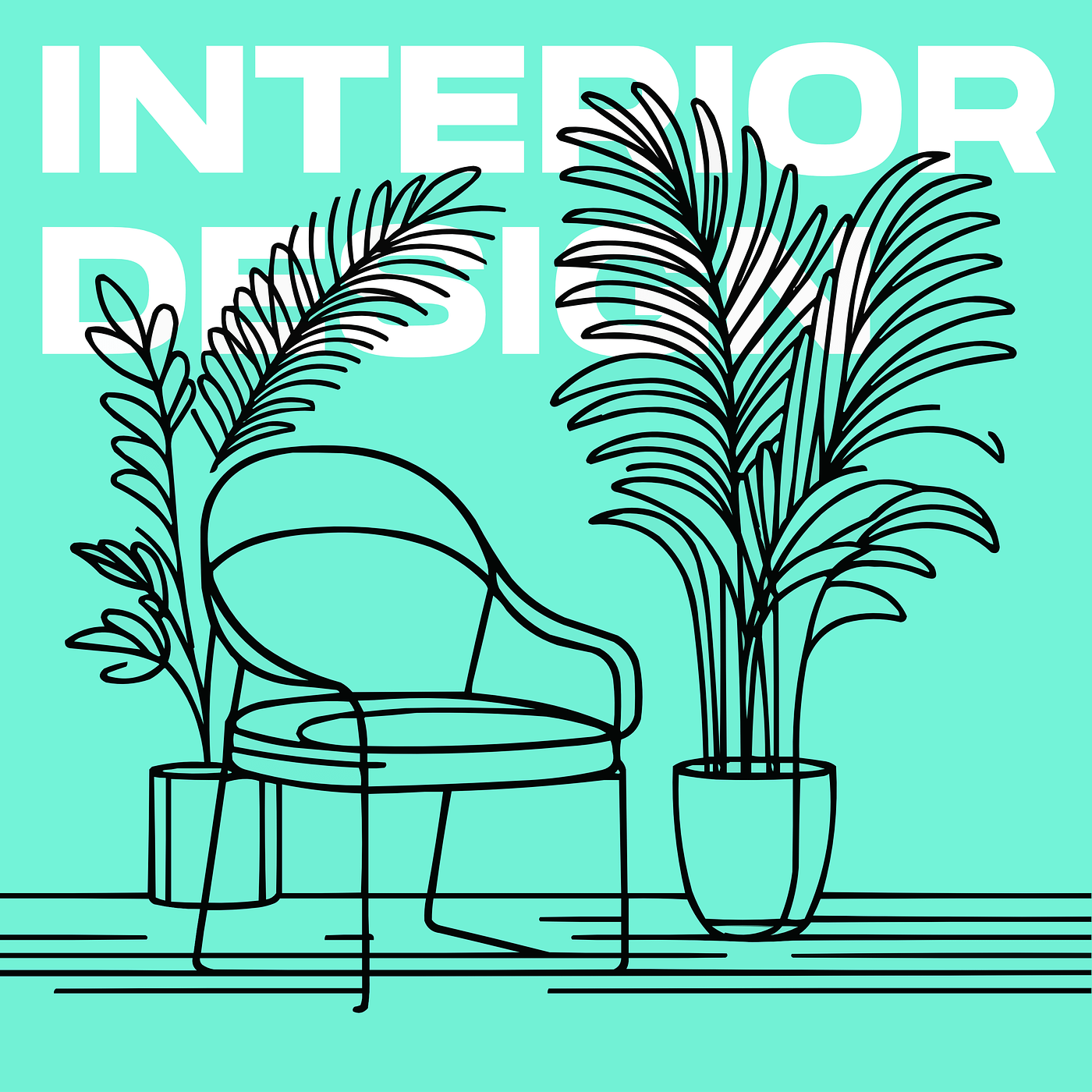Podcast Episode Details
Back to Podcast Episodes
Forging Pathways: The Impact of Visual Flow in Interior Spaces
Welcome to Interior Design for Beginners, the podcast that demystifies interior design and empowers you, the intrepid DIY decorator, to turn your space into a haven of beauty, comfort, and personality. Today, we’re weaving through the art of visual flow, unlocking secrets to steer the eye and spirit through an interior landscape with grace and intention. Imagine the possibilities as we embark on 'Forging Pathways: The Impact of Visual Flow in Interior Spaces.' Have you ever walked into a room and felt an immediate sense of harmony and direction? Or perhaps the opposite – an unsettling feeling of clutter and confusion? The difference often lies in a design element that doesn’t demand attention but subtly steers it – visual flow. Today, we’re on a mission to understand and master this invisible guide, a cornerstone of interior design that ensures our spaces not only look great but 'feel' right. Visual Flow: What Is It? Visual flow refers to the way our eyes move around a room, led by arrangements, colors, lines, and light. It’s a silent conversation between the room and its beholder, guiding them through the space in a way that feels natural and effortless. Achieving visual flow means creating a cohesive interior that tells a story – your story – without the need for words. Creating Cohesion Let’s start with the basics – cohesion. A room without cohesion is like a story without a plot. Everything feels out of place, and nothing seems to connect. Cohesion in interior design is achieved through consistent use of color, texture, and style. It’s the backdrop against which the narrative of your space unfolds. Imagine a palette of calming blues or energizing yellows, textures that invite touch, and a style that speaks to your soul. This is where the journey of visual flow begins. Directing the Eye With our cohesive canvas set, our next step is directing the eye. Strategic use of focal points, lines, and lighting can guide viewers through a space exactly how you desire. A focal point – be it a striking piece of art, a commanding piece of furniture, or a stunning view from a window – serves as the starting point. From there, lines – in the form of architectural features, furniture arrangements, or even patterns in textiles – draw the eye naturally from one area to another. Lighting, then, highlights these pathways, illuminating the journey through your space. The Dance of Light and Shadow Speaking of lighting, it’s not just about brightness but the interplay of light and shadow that enhances visual flow. Well-placed lighting can create depth and interest, encouraging the eye to move and explore. It’s this delicate dance of light and shadow that adds dimension to our spaces, creating a dynamic interior that’s visually and emotionally engaging. Embracing Openness and Connectivity Another key to mastering visual flow is embracing openness and connectivity. Open floor plans have gained popularity for good reason – they foster a seamless flow from one area to another, making spaces feel larger and more connected. Even in homes where walls define spaces, strategic openings, and sightlines can foster a sense of continuity. It’s all about creating pathways for the eye and the feet, ensuring that moving through your space is a journey of discovery. The Art of Subtraction Finally, achieving visual flow often involves the art of subtraction. Less truly can be more. Removing barriers, decluttering, and choosing furniture and decor that speak a clear visual language can dramatically improve how a space feels. It’s about creating room for the eye to breathe, to wander, and ultimately, to find beauty in simplicity and intention. Closing Thoughts Visual flow is the silent protagonist in the story of our spaces, guiding us gently but firmly through the narrative of our homes. It’s about more than just aesthetics; it’s about creating environments that resonate with our hearts and minds. As you ponder your next interior design adventure, consider the p
Published on 1 week, 2 days ago